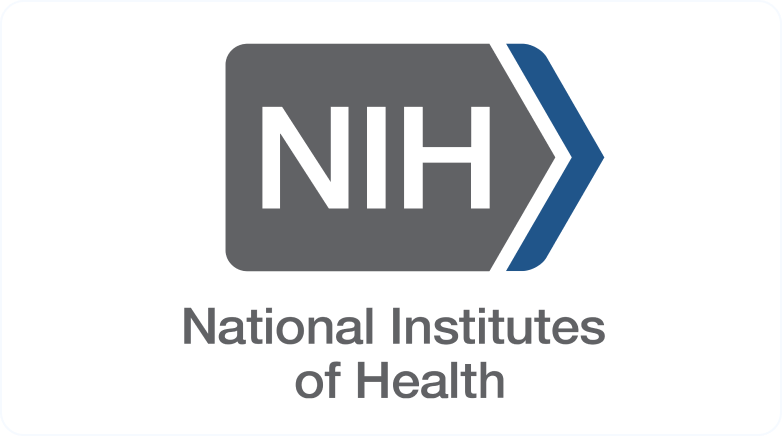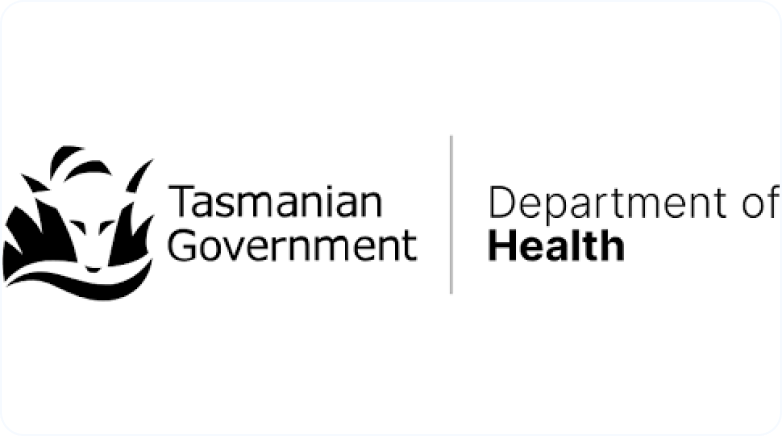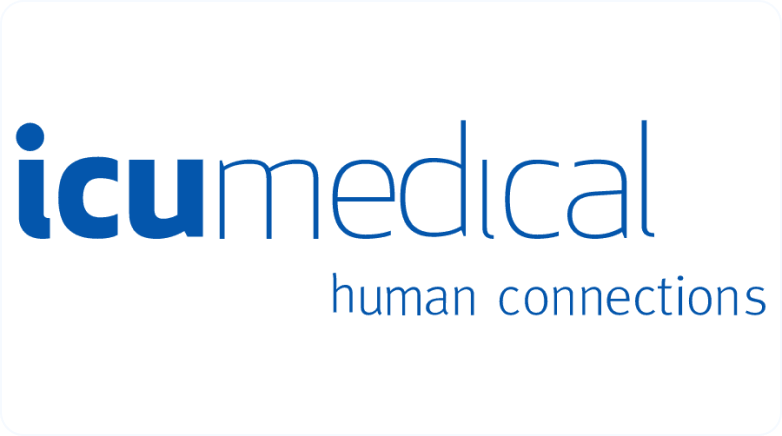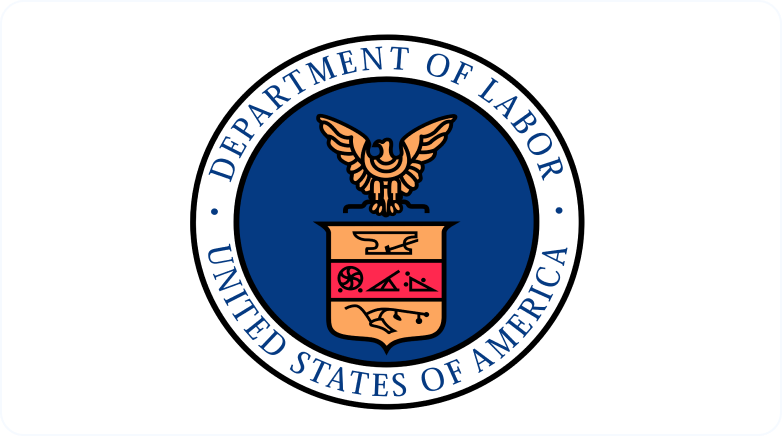When infections caused by bacteria, parasites, viruses or fungi stop responding to the medicines designed to treat them, that’s AMR. Resistance builds over time through overexposure to antimicrobial drugs, such as antibiotics, or disinfectants. With ineffective treatments, these infections persist in the body and ultimately spread to others.
CLABSIs lead to prolonged hospital stays and increase healthcare costs and mortality. An estimated 250,000 bloodstream infections occur annually, and most are related to the presence of intravascular devices. In the United States, the CLABSI rate in intensive care units (ICU) is estimated to be 0.8 per 1000 central line days.
Aseptic non touch technique – a guide for healthcare workers
Quality: Patient perception – hospital experience is tied to CMS reimbursement. 88% of nurses believe blood collection sticks, fishing & re-sticks NEGATIVELY IMPACT patient experience.
VAT team and Pharmacy: Poor line maintenance and de-clotting costs- Considering supply costs and time spent reconstituting the therapeutics, the cost to address an occlusion can quickly reach $206 per treatment.
Total published cost estimates of central venous catheter (CVC) and peripheral inserted central catheter (PICC) replacement varies widely from $850–$1,500, depending on the type of CVC. to $200–$3,000 for PICC lines, depending on the care setting and need for interventional radiology
Quality/Safety: HCW safety- The Needlestick Safety and Prevention Act (NSPA) was signed into law in November 2000
Waste is blood drawn from an intravenous (IV) catheter to remove saline or heparin before obtaining a blood sample.
Need More Information?
Feel free to ask us anything you need help with.
We’re here to make things easier for you!






